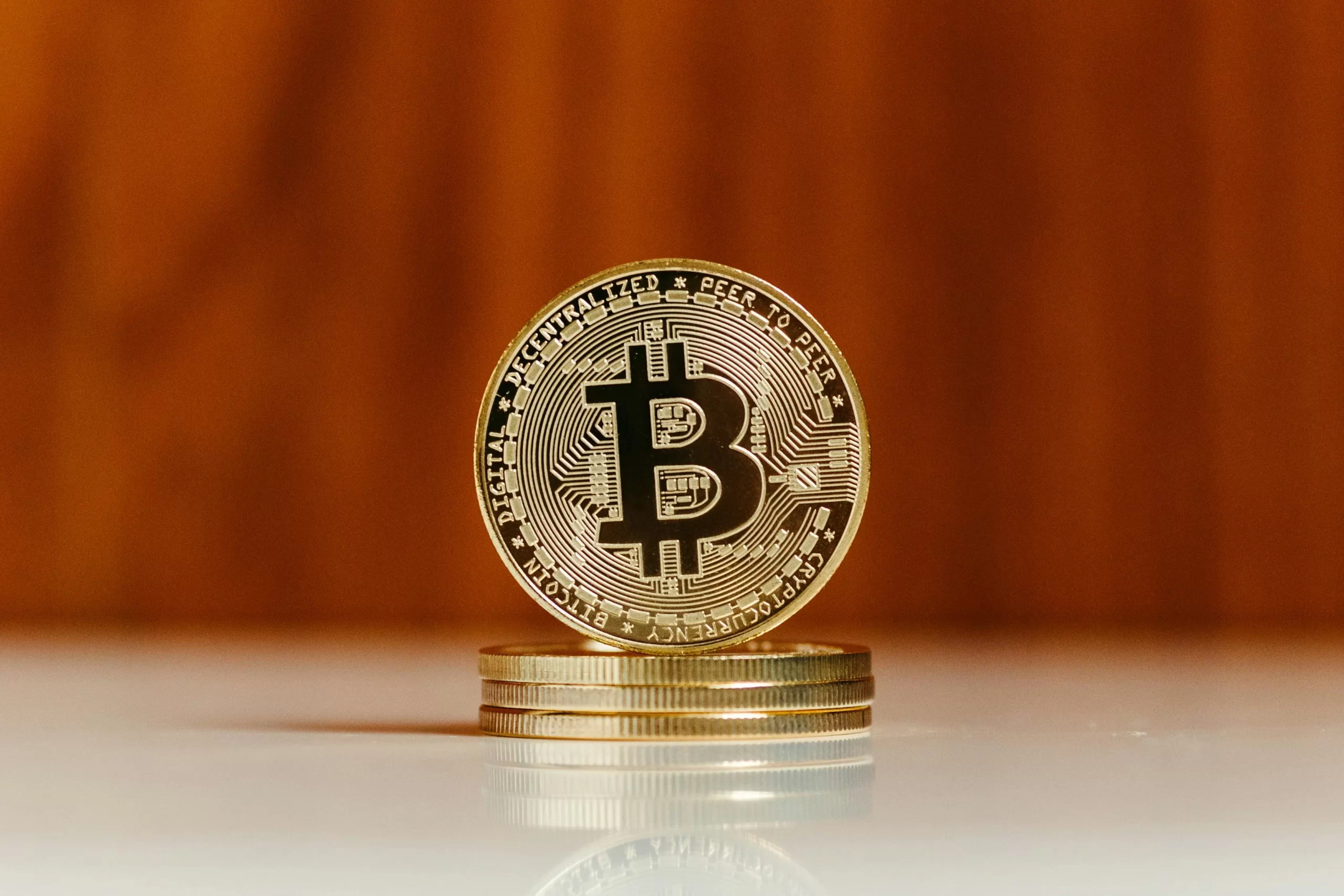Over the past two years, the digital asset market has undergone significant changes. Regulation has become stricter, institutional investors’ interest has intensified, and new approaches to Proof-of-Reserves verification have prompted many players to reassess their positions. The ranking of the best crypto exchanges in 2025 is now based not only on trading volumes and liquidity but also on security, transparency, flexibility of fees, and adaptation to Web3 innovations. Forbes and CoinDesk, together with independent analysts, have compiled an updated picture of the leaders.
Global Trends: Security and Regulation Set the Pace
Tightening KYC/AML requirements and the introduction of the European MiCA regulation have set new standards for operations. Exchanges have strengthened reserve audits, implemented public Proof-of-Reserves, and are more actively disclosing information on fund storage. Dubai’s VARA regulation has set a benchmark for international players. The ranking of the best crypto exchanges in 2025 now directly links security and reliability to access to institutional capital.
Liquidity and Fees: How Trading Economics is Changing
Traders’ behavior increasingly depends on a transparent pricing model. Analysts have compared the trading fees of crypto exchanges in 2025 and identified interesting differences.
Bybit and OKX maintain spot trading fees at 0.1–0.08%, MEXC attracts newcomers with zero fees on limit orders. KuCoin combines discounts for using the KCS token with high liquidity, while Gate has launched dynamic pricing for major market makers.
Forbes notes: low fees are no longer the main argument—more important are stable liquidity and transparent fee structures.
Top 5 Crypto Exchanges According to Forbes and CoinDesk
A unified list has combined the opinions of analysts, journalists, and experts. Each platform stands out with its own strategy and technological solutions.
List of crypto exchanges:
- OKX—high liquidity in futures and spot, advanced risk management tools, deep integration of Web3 wallets.
- Bybit—aggressive pricing policy, wide range of derivatives, Proof-of-Reserves verification with open data.
- Binance—global liquidity network, rapid implementation of MiCA and VARA requirements, expanded functionality for institutional clients.
- MEXC—zero commission on several directions, flexible asset management, high interest from retail traders in the CIS region.
- KuCoin—strong community support, support for Web3 projects and tokens, convenient trading mechanisms in the face of growing regulation.
Forbes and CoinDesk emphasize: the crypto exchange ranking is not limited to trading volumes—more important is the comprehensive stability of the ecosystem.
Market Dynamics: New Rules of the Game
Regulators have strengthened control over client assets. MiCA in the EU and VARA in the UAE require transparent reserves and strict compliance with KYC/AML. The ranking leaders have enhanced the audit of smart contracts, launched their own Web3 transaction monitoring systems. According to CoinGecko observations, trading volumes in futures and spot markets increase significantly faster when a platform openly displays its reserves and confirms their transparency.
Role of CoinGecko and Analytical Services
CoinGecko has become the main source of accurate data on order book depth, spot and futures trading volumes, and liquidity dynamics. Forbes and CoinDesk increasingly rely on its indicators when compiling rankings.
The list of top crypto exchanges takes into account not only trading volume but also order execution quality, API speed, stability under load. This level of detail helps institutional investors select reliable providers.
Strengths of the Leaders
OKX is developing a multi-chain Web3 wallet, speeding up DeFi and NFT operations. Bybit is expanding its derivatives lineup by adding option strategies. Binance is strengthening MiCA compliance, opening new liquidity points for professionals in the CIS region. MEXC focuses on zero commissions for retail traders. KuCoin is implementing hybrid KYC/AML solutions without sacrificing registration speed. This approach builds trust and retains users even amidst growing regulatory risks.
Local Perspective: Impact on the CIS Market
Regulatory changes have not halted the growing interest in digital assets in the CIS region. Platforms included in the ranking have actively adapted services for Russian-speaking traders. OKX has offered support for local payment systems and an expanded interface for futures trading. Bybit has strengthened its marketing presence, increasing liquidity in ruble pairs. MEXC has initiated a campaign to reduce fees for traders from Eastern Europe, KuCoin has enhanced Web3 tools for token developers and NFT projects, and Binance maintains its leadership through deep order book liquidity and connections to global OTC channels.
Innovations and Web3: Shaping the Future
Leading platforms are shifting the focus from traditional trading to Web3 infrastructure. OKX and KuCoin are integrating DeFi aggregators directly into the interface. Bybit is experimenting with cross-chain liquidity pools and asset management through smart contracts. MEXC is trying to launch NFT markets with minimal fees, while Gate is strengthening its position through collaborations with metaverses and the issuance of proprietary governance tokens. This diversity-oriented approach enhances companies’ resilience and changes the rules of the game in the 2025 best crypto exchange ranking, setting new leadership standards.
Regulation and Institutional Capital
MiCA and VARA have become the main benchmarks for the entire industry. Platforms that ignore KYC/AML rules quickly lose banking partners and the attention of institutional players.
Forbes and CoinDesk note: spot and derivative market volumes directly depend on Proof-of-Reserves transparency. Binance, OKX, and Bybit openly display their wallet addresses and share audit results, while KuCoin and MEXC strengthen their legal infrastructure to collaborate with funds and major investors. The ranking reflects the balance between innovation and strict rule compliance.
Technological Reliability: Speed and Scalability
Modern traders expect millisecond order execution. OKX provides API response times of less than 5 ms. Bybit ensures stable operation during peak loads of up to a million transactions per second. Binance supports over 1500 trading pairs without delays. Gate has implemented a scalable architecture with spot and futures separation to reduce overload risks.
Such metrics are crucial in assessing liquidity and influence positions in the 2025 best crypto exchange ranking.
2025 Best Crypto Exchange Ranking: Summary
Reliable asset protection, thoughtful risk control, transparent Proof-of-Reserves, clear and flexible fee systems, and deep liquidity—these parameters determine whether a trading platform is trustworthy. The 2025 best crypto exchange ranking now serves not only as a guide for traders but also as a signal for institutional capital.
 en
en  ru
ru  de
de  ar
ar  es
es  hi
hi  fr
fr  nl
nl  it
it  pt
pt  el
el 



